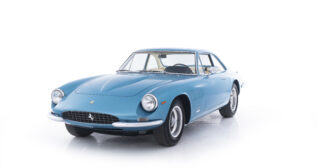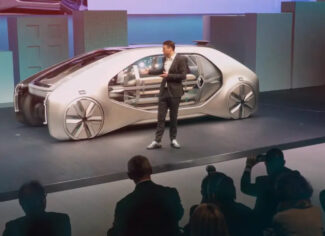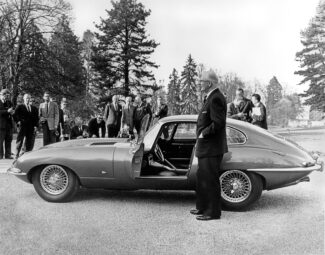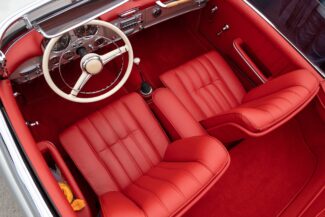The first half of the 20th century An industry is born

At the end of the 19th century, the invention of the car had initially been driven forward by pioneers, but by the beginning of the 20th century, automobiles were being produced locally by regional craftsmen. Hundreds of brands were created in industrialised countries, many of which quickly disappeared, though not all: some of today’s leading brands were also produced during this period and able to adapt to an ever-changing market.
This period coincided with the creation of the 1st Geneva International Motor Show in 1905
It was an event of regional scope with small volume car makers, all of whom have since disappeared.
It was shortly before the First World War (1914-1918), and chiefly during the inter-war period, that the car industry really took off and started manufacturing on a larger scale. Mass production began initially in response to a demand from the wealthy followed by the middle and upper classes and later by professionals.
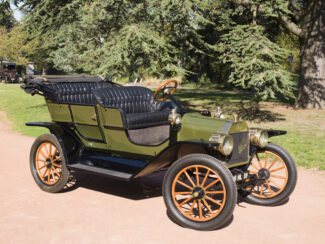
The inter-war period coincided with the internationalisation of the Geneva International Motor Show from 1924 onwards. From then on, the Geneva International Motor Show would be held every spring, except between 1940 and 1947, due to the 2nd World War, and 2020 and 2023, due to the COVID-19 pandemic. The events success can be put down to the quality of hospitality, the host country’s neutrality, Switzerland not being a major national manufacturer, and the diversity of the brands on display.
he Classics Gallery illustrates this period of an industry born with eight iconic vehicles, including the first presentation in the history of the automobile of two extraordinary vehicles, the two successive body styles of the 2nd Bugatti Royale 41, a replica Esders Roadster, and the Binder Coupé de Ville.
These vehicles will take you back down memory lane to the early days of the motor industry, with an array of models rarely found on our roads today.


